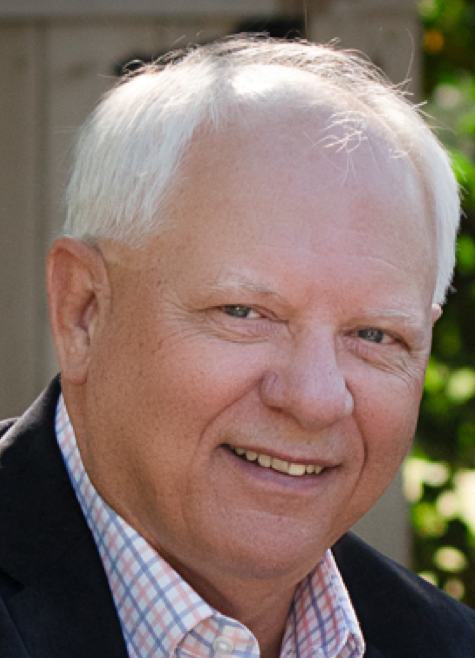 (Back in 2008 I posting a version of this five part series on Slow Play…Interesting how nothing much has changed to improve it. I have updated it and hope you find it as informational now as it was three years ago.)
(Back in 2008 I posting a version of this five part series on Slow Play…Interesting how nothing much has changed to improve it. I have updated it and hope you find it as informational now as it was three years ago.)
Part Three
I have found a well managed golf course thinks out the problems before they happen so when problems do happen there is a process in place to manage them. Unfortunately, there are not that many golf courses who have seasoned operations managers to do this planning. As a result..many golf courses start experiencing things like Slow Play.
Most golf facilities experiencing slow play or are known for their slow play, can contribute the causes to not being managed well. Sometime, a huge contributing factor to the problems a golf course is know for has to do with having greedy owners who are only ROI focused or really not into what Golf is about or who plays it.
Usually those facilities run by PGA trained professionals do have a sense of at least knowing what they are doing, but most all of the outsource managed facilities see the PGA training as a waste and feel golf should be run like a retail outlet. Fortunately, many of those golf course management companies have seen what a PGA Professional can do to improve revenue and are starting to call them back to work. Hopefully this positive movement will not be Too Little and Too Late.
Here what some of the poorly managed golf facilities are doing to cause the slow play problem.
Small Profit Margins
Golf courses that have cut their profit margins down to compete usually do several things that cause slow play. As I mentioned, the formulas these course use to maximize tee times also include variables associated to revenue requirements. In planning their budgets for a year the misguided COO’s of these courses will alter the formula to come up with how many tee times the course will have to secure to break even. From that point they look to what it will take to reach their revenue goals which results in them having a decision to make. Either raise the green fees or put more golfers on the course, or both.
Then there is the No-Show factor that hits their bottom-line. To stay competitive the managers usually just add a certain percentage of increase above the maximum number of tee-times a course can have to meet the revenue goals and cover for no-shows…the golfers who make a tee time but do not show up. This method is a sound business operations process in some business models, but not in golf. The results of overbooking a Tee-Sheet to overcome the high levels of ‘No-Shows’ runs a very high risk of backing up a golf course if all tee times show up.
Operations Budget Cuts
Too many times the golf courses work like many other mismanaged businesses by looking for items in the annual operations budget to cut to meet revenue goals. Usually the first thing these managers do is to mandates cuts of maintenance of the course. Cutting fuel consumption for the equipment used to mown the golf course is popular. Shrinking the size of greens, narrowing the fairway widths and raising the height of the rough will reduce the amount of mowing and maintenance. These type of measures usually makes the golf course much more difficult to play which will contribute significantly to the slow pace of play.
Cart Path Only
It is normal to require carts on the path during muddy weather or winter time. But too many times poorly managed facilities will place most of the golf course on mandatory Cart Path Only during peak seasons to reduce maintenance costs. This move will rapidly cause a course’s reputations to become a place known for slow play. Many golfers will ask if the course is Cart Path Only and will stay away from the course they know is a Cart Path Only facility since it naturally will generate slow play. This flash of brilliance is usually the result of a manager that either does not play golf or doesn’t give a crap about the pace of play.
Equalizers
There are many resorts and clubs who do manage their courses effectively and have tens of thousands of rounds of play all year around. They usually place No Carts Off Path rule in effect to keep the fairways from getting ate up by the golf cart tires. They will also do the right thing by lengthening the time between groups and stay on top of managing the groups who have to take the time to walk back and forth to their carts.
The pace of play issue has been around for a long time and even in this rough economy many golf courses still experience clogged up tee sheets for the day. Fortunately companies like the Caddie Club offer caddy services to the innovative thinking golf courses. Many golf courses dealing with pace of play issues will contract forecaddies, and in some cases full bag carrying caddies, to help keeping the pace of play moving while also accomplishing their maintenance goals. Adding caddies to the courses staff shows the golfing public, who was unfortunate to play the course during a slow play incident, that the golf course is thinking positively and not taking the golfers for granted. Caddies is an expense a golf course should consider making to get their primary revenue sources back on the golf course.
There are many innovative alternative services available to golf courses to improve pace of play. All golf courses need to do is look around.
I’ll be back in Part Four to talk about the public courses and what causes slow play there and what needs to be done to solve slow play.




